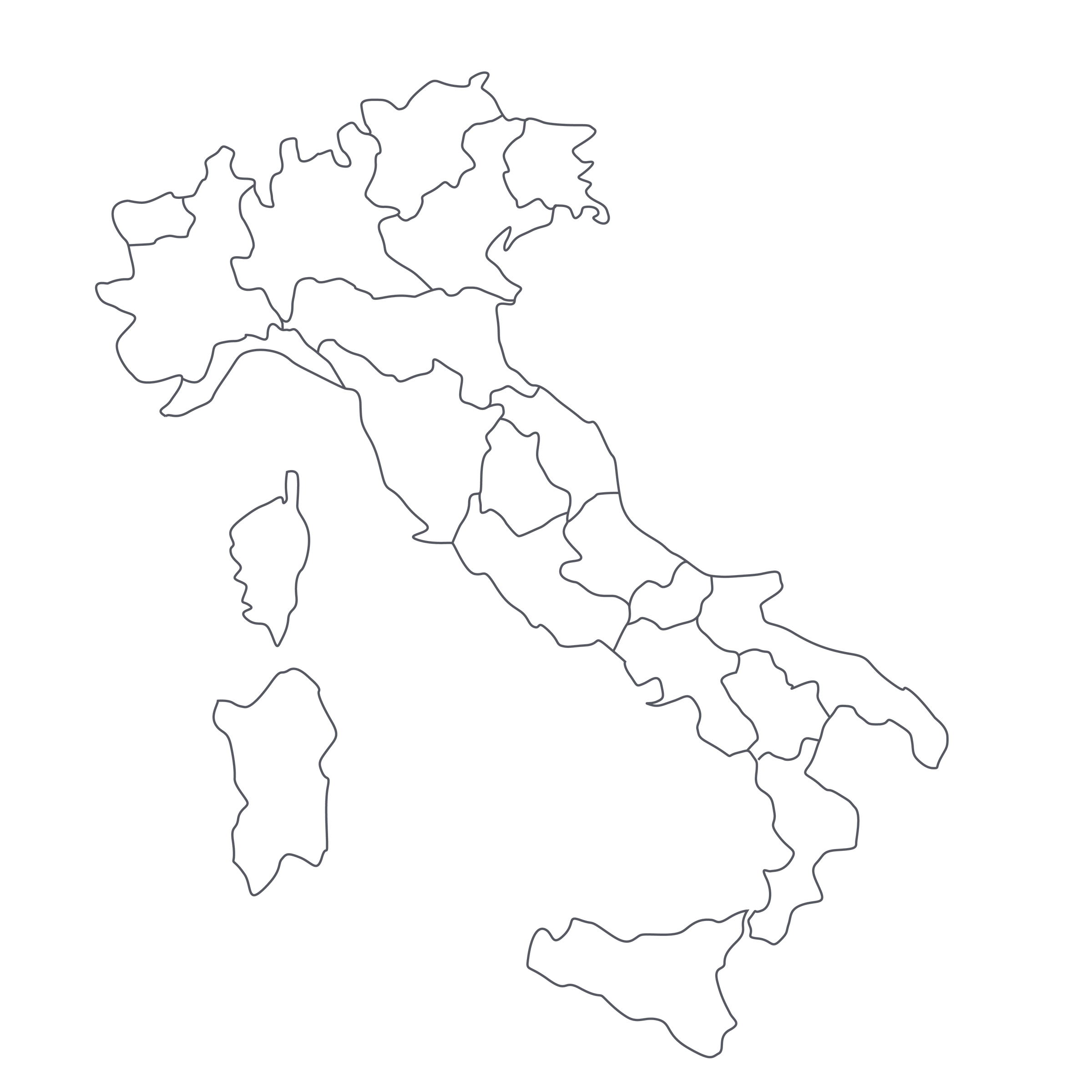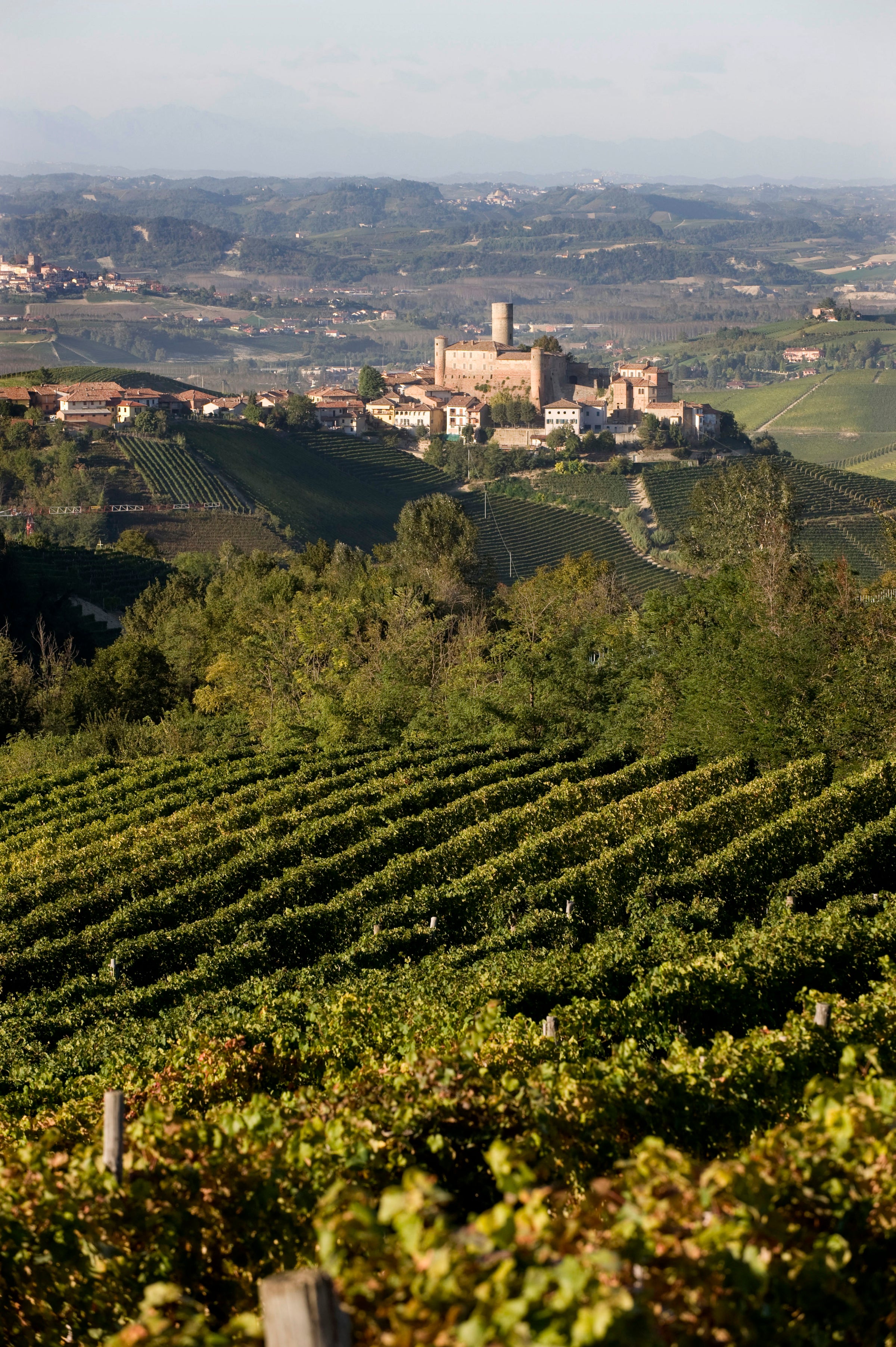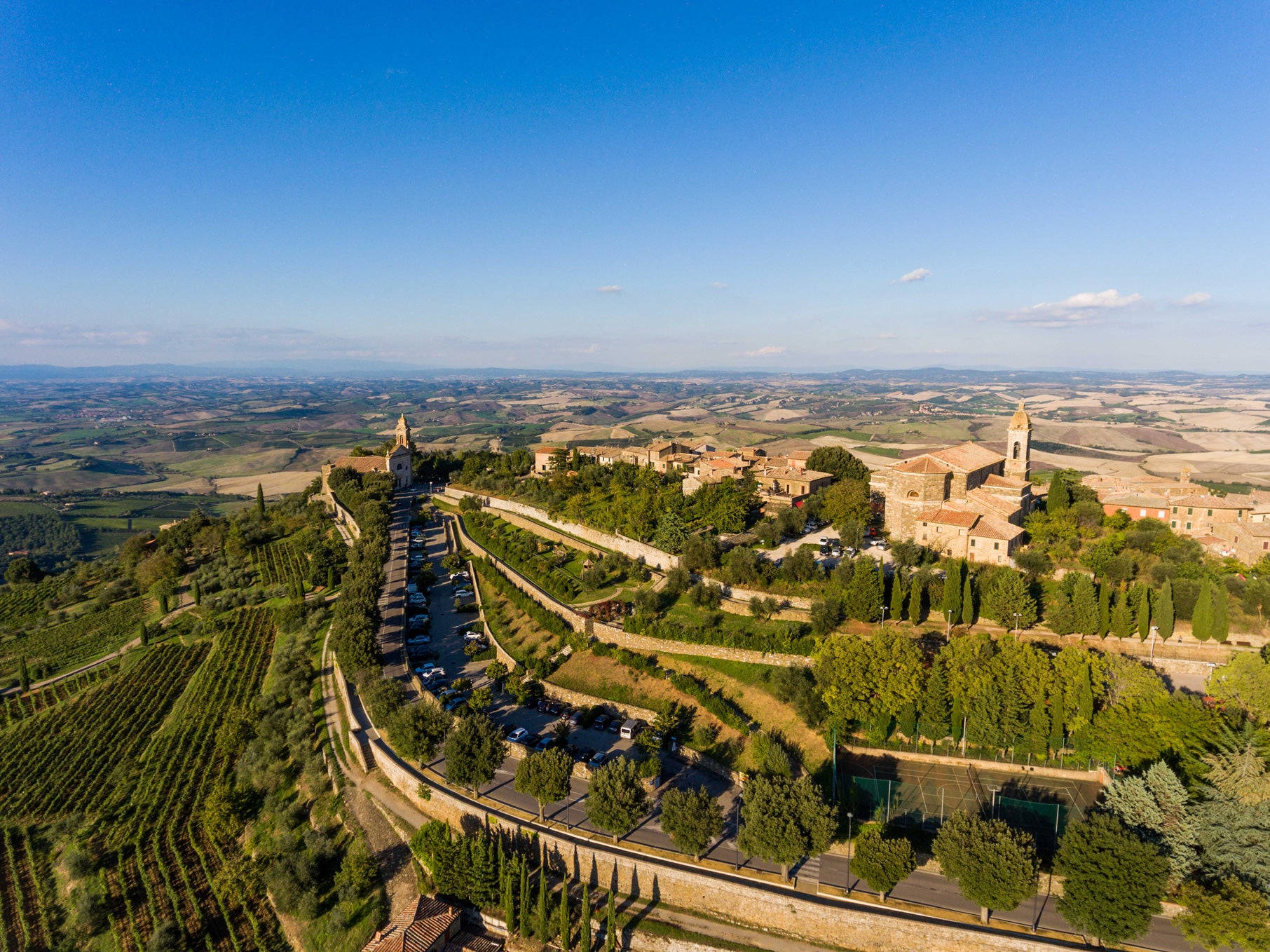Even if you consider yourself a Josko Gravner disciple, there’s a good chance you’ve never tasted or laid eyes on today’s epic 16-year-old red. Even back when I was the wine director of one of Northern California’s ritziest resorts, Gravner’s reds were never made available to me, and upon launching SommSelect, I naturally assumed the wines would remain impossibly out of reach. However, we’ve built up an intricate network and managed to score a couple of them over the years—but never “Rujno.” This is their finest, rarest, and most age-worthy red: Unlike their straight “Rosso” bottling, “Rujno” Rosso matures twice as long, is only realized in extraordinary vintages, and is released in pitifully small quantities.
To put “pitifully small” into perspective, the entirety of America received just 90 bottles and we had to wrestle for a fraction of it. Coming from a single, old vineyard on the fringe of Slovenia, Gravner’s luxuriously robust and hauntingly emotive 2005 is largely Merlot with a splash of Cabernet that spent 84+ months in barrel and another 84+ in bottle before exiting the cellar. In total, over 15 years passed before it was released. We rarely throw around the phrase “unicorn wine,” but this is as close as it gets in the alluring pantheon of Gravner wines. Good luck, our meager quantities won’t survive long.
The Gravner story starts three centuries ago when the family settled and began farming the same small hillside in Oslavia, on Italy’s border with Slovenia. They persevered through multiple empires and World Wars, and by the 1980s and ‘90s, Josko Gravner was becoming an increasingly important figure in modern Italian wine. With all the state-of-the-art winemaking equipment, vineyards full of Chardonnay and Merlot, and cellars full of new oak barrels, Josko had engineered an impressive and consistent system for bottling rich, powerful, young-release wines that commanded high magazine scores and sold-out-upon-release demand.
Still, one night after a long day of wine tasting and vineyard tours during a research expedition in Napa Valley, Josko was struck by an epiphany—he was making “modern” wine that sold well, but expressed little about the nature, history, and soul of his land. So, upon return, he completely changed course, uprooting most of his “international” varieties (but not all, as evidenced by today’s wine!) and replanting to his hometown’s native grapes, Pignolo and Ribolla Gialla. Josko also sold off his stainless steel fermenters and his wooden barriques in favor of large, terra cotta amphorae acquired from a friend in Georgia (as in the Caucasus, where winemaking culture is widely believed to have originated). He modeled his operation in Friuli after the ultra-traditional wineries he saw during a pilgrimage to Georgia, burying the amphorae in the earth and fermenting the wines in the most primitive way possible—with all grape clusters intact; only native airborne yeasts for fermentation; no temperature control; no fining or filtration; and only the slightest hint of sulfur at bottling. In short, Gravner makes wine in much the same way as it was made thousands of years ago.
In building a bridge between modern and ancient wine, Josko has inspired an entire generation of winemakers to explore ancient vinification methods and today, one can see his thumbprint in almost every wine region in the world. Perhaps most importantly for those of us who consume the finished product, Josko insists on holding back the release of his wines until they’ve entered their prime drinking window. Today’s 2005 “Rujno,” sourced from a single vineyard less than a mile from their cellar, is the most extreme example: The de-stemmed grapes (95% Merlot, 5% Cabernet Sauvignon, spent six months fermenting on their skins in conical, Slavonian oak tini, after which the wine rested seven years in massive Slavonian oak botti. Once it was bottled, the aging process was only halfway complete! Gravner then allowed it to mature for another seven years until it was finally deemed ready for release just months ago.
We bought this before tasting because, like anybody who’s given the opportunity to experience a Gravner red, it was an “act now or forever hold your peace” scenario. Once our microscopic parcel arrived, our wine team opened a single bottle with a group of industry friends and we were all blown away. It needed a good 60 minutes to blossom and really flaunt its myriad intricacies, and by hours two and three, it was firing on all cylinders. The haunting nose erupts with dominant scents of black cherry, dried plum, and currant followed by licorice, crushed black rock, lead, loose tobacco, smoke, charred bay leaf, vintage leather, and garrigue. This is a robust, rustic, and somewhat wild red, but the noble Bordeaux grapes combined with 16 years of evolution have allowed for a medium-plus bodied palate full of remarkably supple and silky layers. The dark-berried fruit shines through here, propelled by a powerful core of crushed minerals, anise, and espresso. Savor this slowly, and should you be in a position to buy more than one, be sure to store the remainders in a dark, cool place. This ’05 is built for the long haul, easily another 10-15 years. Cheers.









